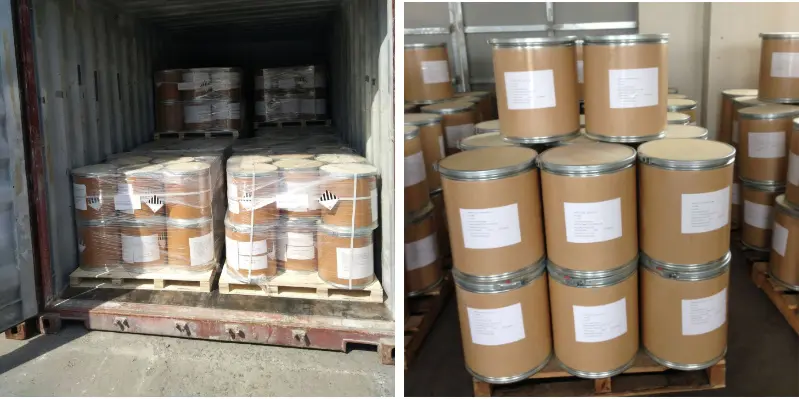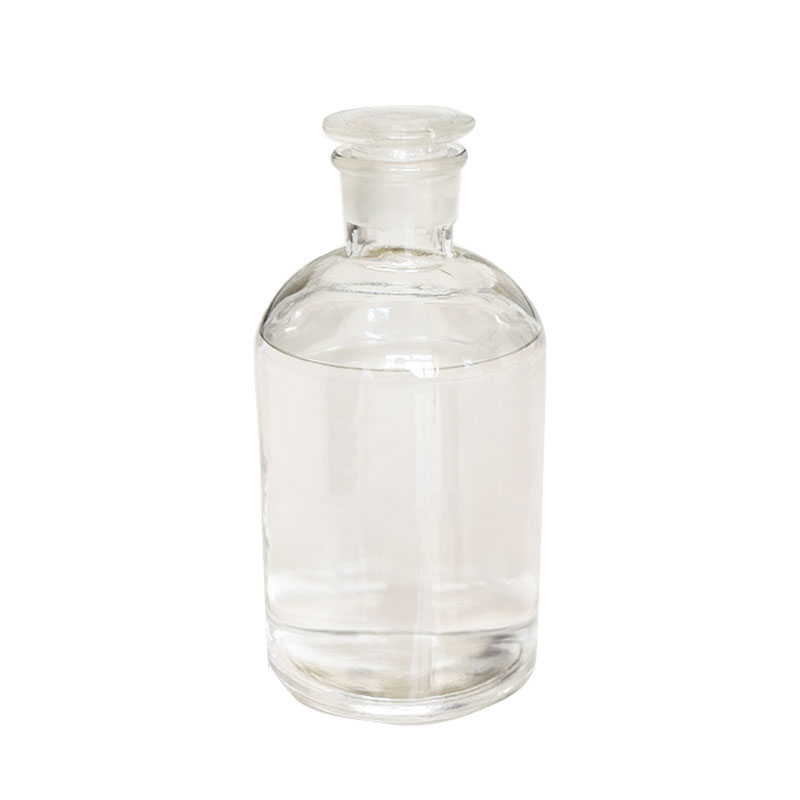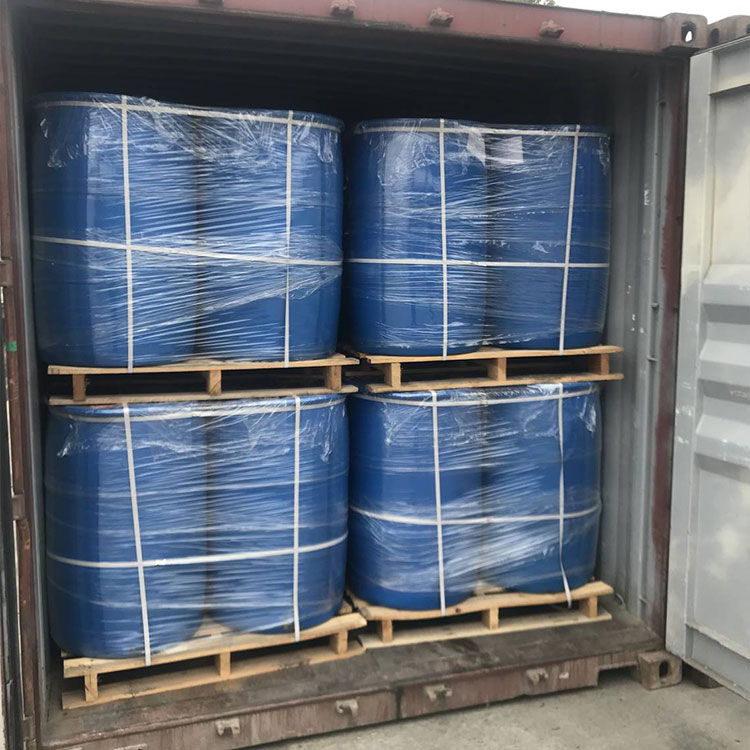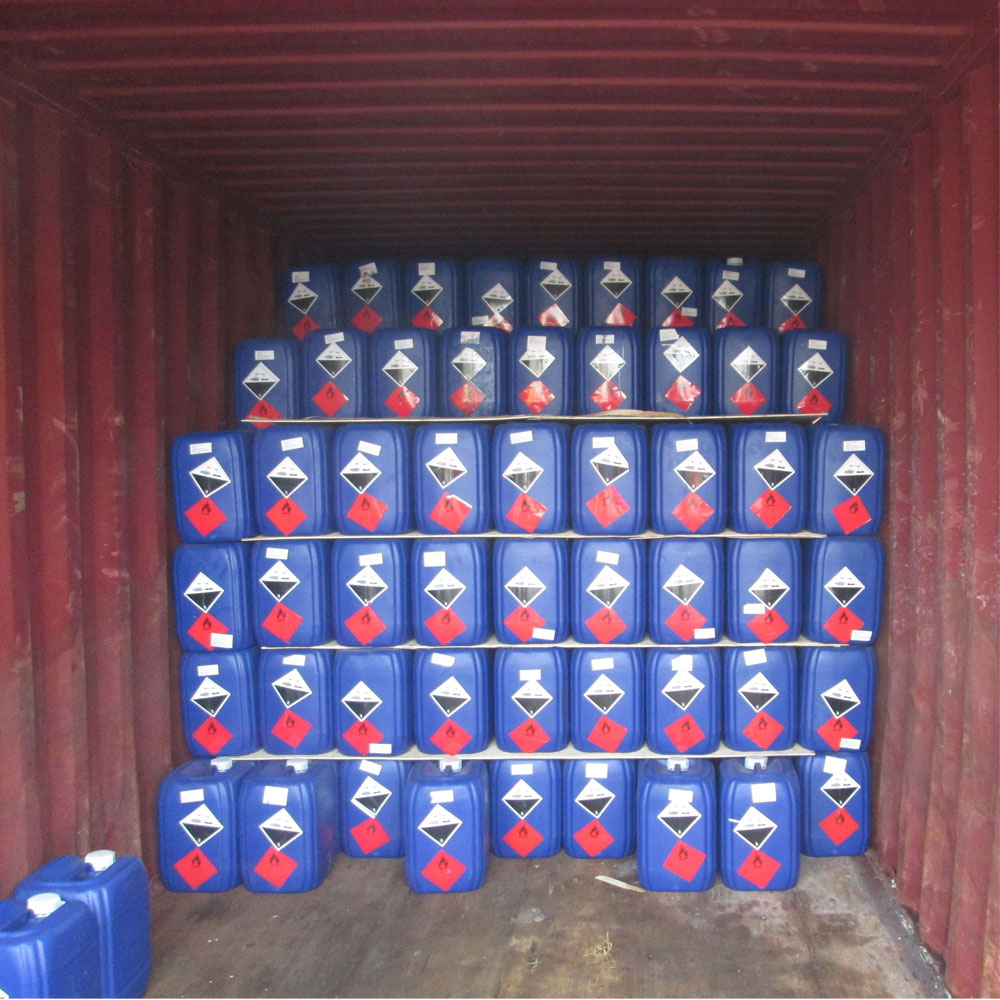Diethanolamine CAS#111-42-2
Diethanolamine CAS#111-42-2 Promotion Season Now in Store and Free Sample for Testing with Factory Price
Chemical Name:Diethanolamine
CAS No.:111-42-2
Molecular Formula:C4H11NO2
Molecular weight:105.14
Sample: Available
Mode of Transportation
1. By Air, fast but expensive.
2. By Sea, usual and economy.
3. By Train, suit for middle Asia countries.
4. By Express, suit for small package.
We only provide highest quality goods available, accompanied by after support!
Diethanolamine CAS#111-42-2
Diethanolamine is an natural compound. Structurally, it is composed of two ethanol companies () and one amino team (), and belongs to the type of alcoholamine compounds. This shape offers it special chemical properties, which is the groundwork for its position in many fields. It has right solubility and is without difficulty soluble in polar solvents such as water, ethanol and acetone, and can be miscible with water in any proportion. This property makes it very handy to use in many utility situations that require aqueous solutions. At the identical time, it is barely soluble in benzene and ether, and is nearly insoluble in non-polar natural solvents such as carbon tetrachloride, n-heptane, etc.
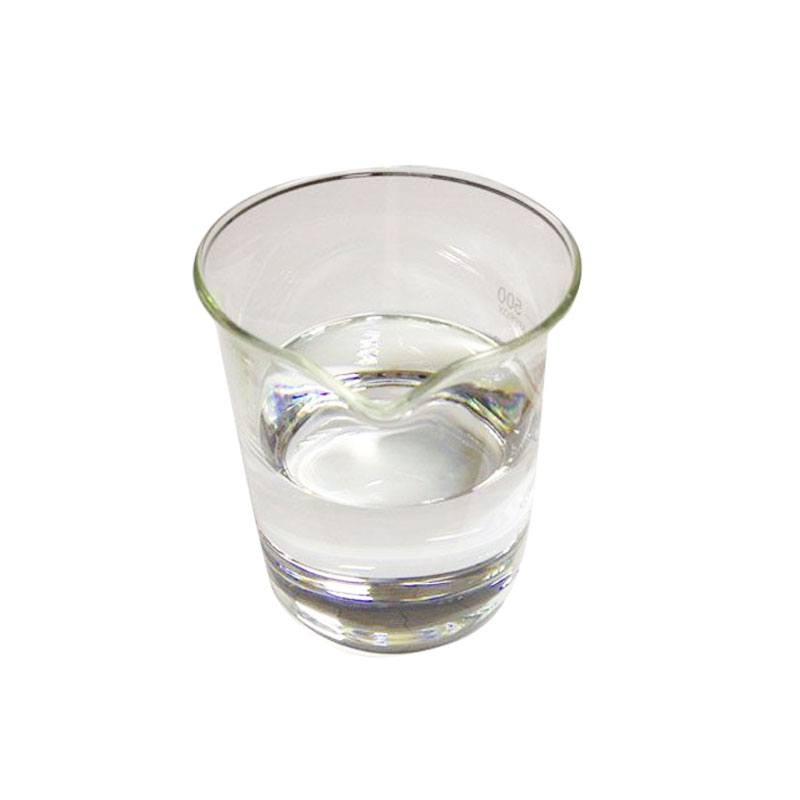
Diethanolamine Chemical Properties |
Melting point | 28 °C (lit.) |
Boiling point | 217 °C/150 mmHg (lit.) |
density | 1.097 g/mL at 25 °C (lit.) |
vapor density | 3.6 (vs air) |
vapor pressure | <0.98 atm ( 100 °C) |
refractive index | n |
Fp | 280 °F |
storage temp. | 2-8°C |
solubility | H2O: 1 M at 20 °C, clear, colorless |
form | Viscous Liquid or Low Melting Solid |
Specific Gravity | 1.09 |
color | APHA: ≤15 |
PH | 11.0-12.0 (25℃, 1M in H2O) |
pka | 8.88(at 25℃) |
Odor | Mild ammoniacal; faint, fishy; characteristic. |
explosive limit | 2.1-10.6%(V) |
Water Solubility | MISCIBLE |
Sensitive | Hygroscopic |
λmax | λ: 260 nm Amax: 0.04 |
Merck | 14,3107 |
BRN | 605315 |
Exposure limits | TLV-TWA 3 ppm (~13 mg/m3) (ACGIH). |
Dielectric constant | 2.8(25℃) |
Stability: | Stable. Incompatible with carbon dioxide, strong acids, strong oxidizing agents. Deliquescent. |
InChIKey | ZBCBWPMODOFKDW-UHFFFAOYSA-N |
LogP | -2.46 at 25℃ |
CAS DataBase Reference | 111-42-2(CAS DataBase Reference) |
IARC | 2B (Vol. 77, 101) 2013 |
NIST Chemistry Reference | Diethanolamine(111-42-2) |
EPA Substance Registry System | Diethanolamine (111-42-2) |
Safety Information |
Hazard Codes | Xn |
Risk Statements | 22-38-41-48/22 |
Safety Statements | 26-36/37/39-46 |
RIDADR | 3267 |
OEB | A |
OEL | TWA: 3 ppm (15 mg/m3) |
WGK Germany | 1 |
RTECS | KL2975000 |
F | 3 |
Autoignition Temperature | 689 °F |
TSCA | Yes |
PackingGroup | II |
HS Code | 29221200 |
Hazardous Substances Data | 111-42-2(Hazardous Substances Data) |
Toxicity | LD50 orally in rats: 12.76 g/kg (Smyth) |
Product Usage
To scrub gases as indicated underneath ethanolamine. Diethanolamine can be used with cracking gases and coal or oil gases which comprise carbonyl sulfide that would react with monoethanolamine. As rubber chemical compounds intermediate. In the manufacture of floor energetic retailers used in material specialties, herbicides, petroleum demulsifiers. As emulsifier and dispersing agent in a variety of agricultural chemicals, cosmetics, and pharmaceuticals. In the manufacturing of lubricants for the fabric industry. As humectant and softening agent. In natural syntheses.
Factory and Equipment Show


Fast transport time
Inventory 2-3 working days New manufacturing 7-10 working days
